The Rail belongs to a family of relatively small birds consisting of about 40 different species. Within the Rallidae family, there are several different types of birds, including gallinules, coots, bush-hens, crakes, and more.
All of the different species of these birds are primarily terrestrial, or spend most of their time on the ground. They also commonly live in marshes and wetlands, but also live in many other habitats. Read on to learn about the Rail.
Description of the Rail
Most Rails are similar in shape and size, but have many individual differences. Some species have longer bills, while others have quite short ones. Most species have relatively long legs, stout bodies, and camouflaged plumage.
Their feathers are primarily brown, dark brown, black, and tan. The very largest species weigh about five pounds on average, though most species weigh around a pound or less.
Interesting Facts About the Rail
There are many different species of birds in the Rail family. Each species is unique and different, and some species are downright amazing! Learn more about some of the different species below.
- Takahe – Takahes are an endangered species that lives in New Zealand. This species is the largest of all the members of this bird family. Researchers once believed that these birds were extinct, but they rediscovered the takahe in 1948. Through careful protection and population management, this species now has an approximate population of 300 birds.
- Purple Gallinule – The Purple Gallinule is one of the most colorful members of the Rallidae family. Their plumage is iridescent green and blue, and their beak looks a bit like a piece of candy corn. However, their colors are not their most interesting feature. Purple gallinules have incredibly large feet for their body size! They use these large feet to walk along the tops of lily pads and other aquatic vegetation.
- Inaccessible Island Rail – This small bird lives on an island known as, you guessed it, Inaccessible Island! Their home is a small island off the southern coast of Africa. This species is actually the smallest flightless bird in the world. The largest individuals are just six inches long!
- Invisible Rail – Another oddly-named species, the Invisible Rail’s name comes from the fact that it is difficult to find! In fact, this species is so elusive that very little is known about it. They make their home in swamps and wetlands in Indonesia.
Habitat of the Rail
Different species of these birds live in a wide variety of habitats, though most live primarily in semi-aquatic regions. They live and forage in wetlands, swamps, marshes, estuaries, lakes, ponds, and similar habitats.
There are several species that live in more high and dry regions however. Some live in rainforest, savanna, subtropical forest, grassland, and more.
Distribution of the Rail
These birds live across most of the landmasses on earth. They do not live in Antarctica, high mountainous regions, or deserts, but they do live virtually everywhere else.
Different species of these birds live throughout North, Central, and South America. They also live in Africa, Australia and the surrounding islands, Asia, Europe, and more. Each species has its own distribution, though many populations overlap with those of other Rail species.
Diet of the Rail
As a whole, these birds eat a wide variety of food, particularly because they live in many different habitats. Those living in wetlands and marshes do not have access to the same prey as those living in rainforest or dry savanna.
Most of these birds are omnivores, and eat a variety of plants and small animals. Some common prey items include fish, crabs, shrimp, frogs, snails, slugs, insects, and more. Their plant-based diet usually consists of seeds, fruits, berries, nuts, leaves, and more.
Rail and Human Interaction
Human interaction with Rails is usually based around hunting them, or indirectly harming them. The impact of humans on them varies from species to species. Some species are common and widespread, with stable populations.
Other species have small ranges, and habitat destruction or hunting results in sharp population decline. Several species are flightless, usually those on isolated islands. These species are particularly vulnerable to feral cats, rats, pigs, and other human-introduced predators.
Domestication
Humans have not domesticated any species of Rail in any way.
Does the Rail Make a Good Pet
No, Rails do not make good pets. They are wild birds, and are not friendly towards humans. In most places, it is also illegal to own one as a pet.
Rail Care
Care in zoos varies drastically from species to species. Basically, for a particular species, zoos look at their natural habitat, and do their best to replicate that. For example, common moorhens live in wetlands, lakes, and ponds.
Zoos provide moorhens with shallow water sources to wade and forage in, a variety of logs and low branches to perch on, and feed them a variety of small fish and insects. Zookeepers tailor the care of each species based on their individual needs.
Behavior of the Rail
Across the Rallidae family, researchers generally know very little about individual behavior. Some species live in small family groups, others live and hunt alone until breeding season.
Their territorial behavior also varies from species to species. Some Rail species continue to breed with the same partner year after year, others breed for a single season, or reproduce with many partners.
Reproduction of the Rail
Breeding behavior of these birds varies drastically from species to species. Generally speaking, most Rails lay rather large clutches of eggs. Sometimes a single nest contains as many as 15 eggs.
The incubation period varies from species to species, though most incubate their eggs for about three weeks. Chicks begin learning to fly, and gaining independence, when they are about a month or two old.

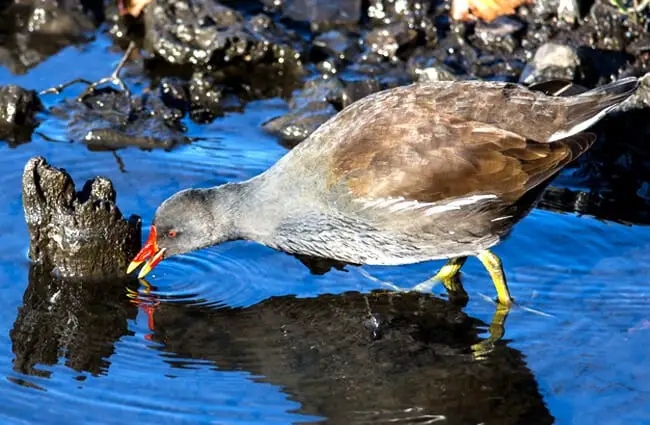
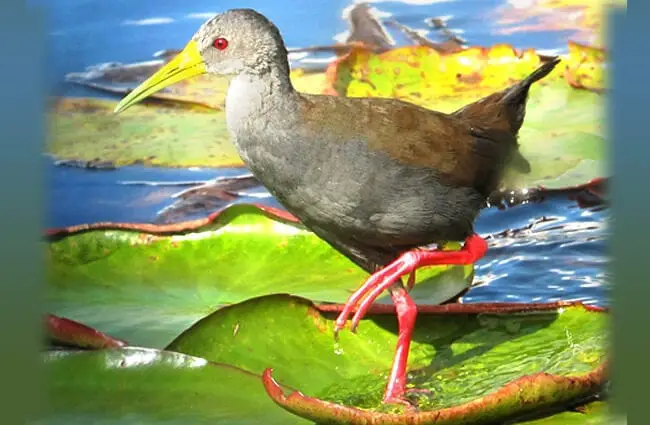
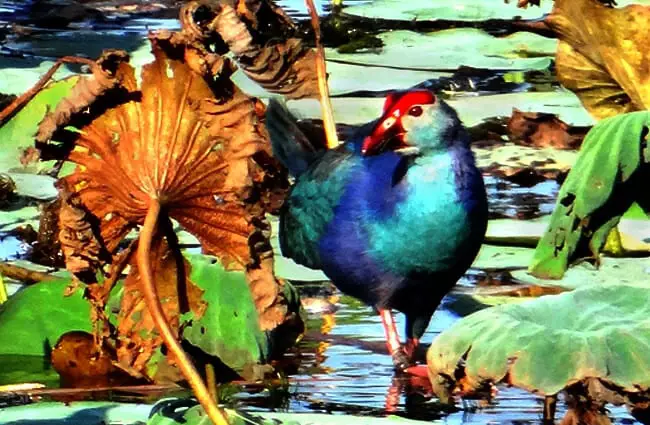
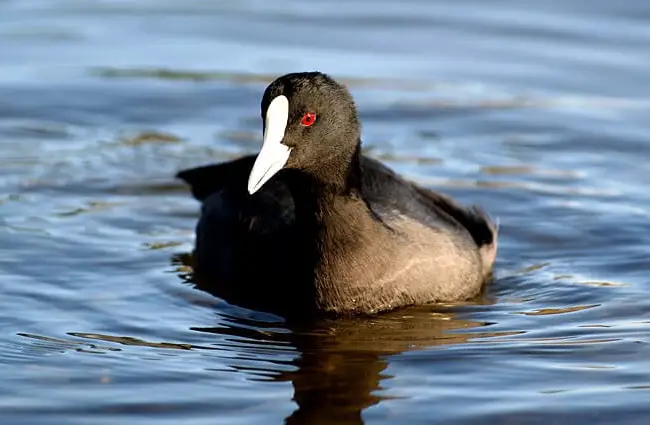
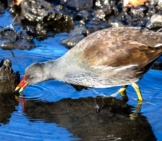
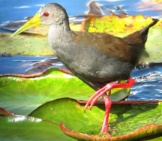

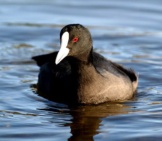
![Red Angus Closeup of a beautiful Red Angus cowPhoto by: U.S. Department of Agriculture [pubic domain]https://creativecommons.org/licenses/by/2.0/](https://animals.net/wp-content/uploads/2020/03/Red-Angus-4-238x178.jpg)












![Red Angus Closeup of a beautiful Red Angus cowPhoto by: U.S. Department of Agriculture [pubic domain]https://creativecommons.org/licenses/by/2.0/](https://animals.net/wp-content/uploads/2020/03/Red-Angus-4-100x75.jpg)

